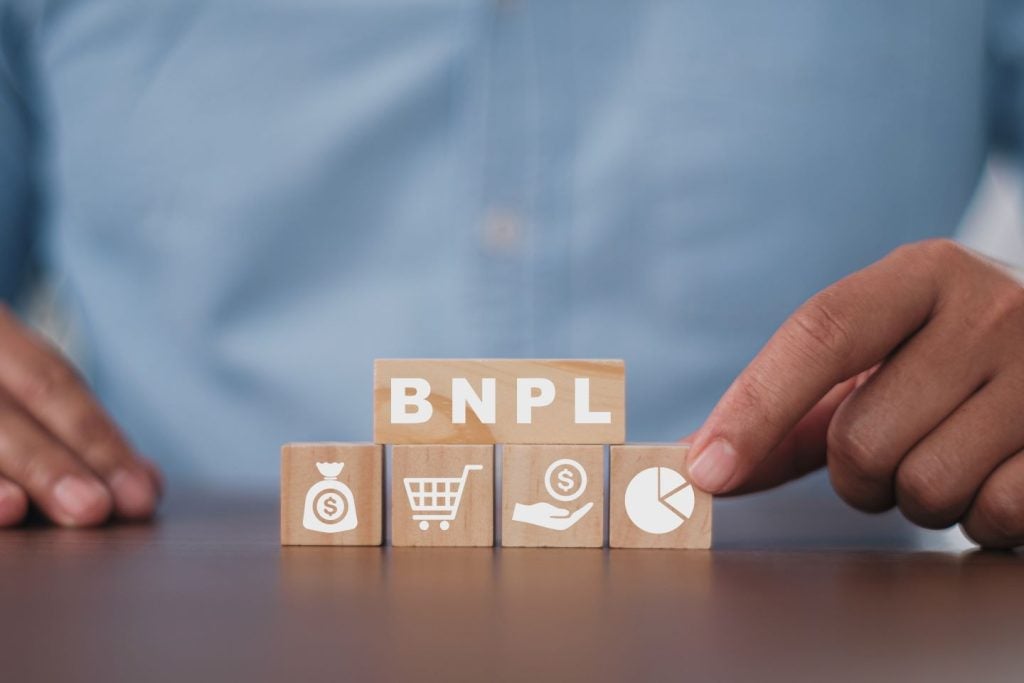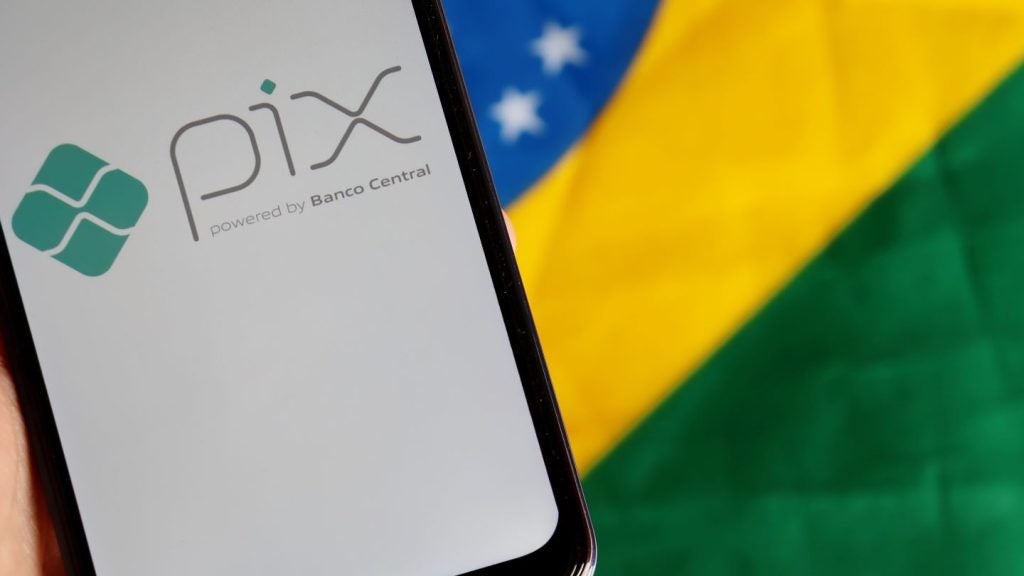As we look forward to the year 2020, Mike Cowen, Head of Digital Payments, Mastercard UK, Ireland Nordics & Baltics, reflects on the major trends likely to influence e-commerce, and the payments industry in particular.
1. Making payments as easy as ABC
2019 has seen a massive shift to new interfaces enabling consumers to shop, live, and pay without the need to pick up a mobile phone or other device in order to do so.
With voice shopping set to hit $40 billion by 2022, the need to adapt payments for these channels has risen. One example is the introduction of audio idents, in 2019 Mastercard launched its own sonic brand as way for customers to be reassured that their payment is secured by Mastercard even in a voice-only interaction.
2. Pay as you live
2020 will see the expansion of payments via the channels people already use every day. Increasingly the channels we use most will be used to make payments, for example sending money to social media and messaging contacts will become as easy as sending a photo or video clip is today.
3. Putting an end to password rage
Throughout 2020 we’ll see a steady improvement in the way that issuers authenticate cardholders for online payments with more and more offering authentication by fingerprint or facial recognition on your mobile phone. This not only improves security but also removes friction, enhancing the overall customer experience.
4. Streamlining the online checkout
Historically the different elements of the online payment process such as card selection, confirmation and authentication have all been quite separate resulting sometimes in a fractured payment experience. This started to change a few years ago through tokenised digital wallets such as Apple Pay, Google Pay and Samsung Pay. In 2020, we will see the next phase of this trend with many large merchants replacing all of their stored cards-on-file with secure tokens.
How well do you really know your competitors?
Access the most comprehensive Company Profiles on the market, powered by GlobalData. Save hours of research. Gain competitive edge.

Thank you!
Your download email will arrive shortly
Not ready to buy yet? Download a free sample
We are confident about the unique quality of our Company Profiles. However, we want you to make the most beneficial decision for your business, so we offer a free sample that you can download by submitting the below form
By GlobalData5. The online world gets its own ‘Chip & Pin”
We’ll also see the last piece of the ‘tokenisation puzzle’ start to fall into place with a programme for the UK industry rollout of the Secure Remote Commerce (SRC) standard. SRC allows us to completely rethink the online checkout by removing the need to manually type card details and replacing the
card number with a token. Much as the UK rollout of Chip and PIN (2004-2006) slashed in-store fraud, SRC can do the same for e-commerce while at the same time improving the online payment experience.
6. The end of manual card entry!
Under SRC, rather than having to type a 16-digit card number, the cardholder simply selects the image of the card they want to use. Already live in the US, the UK will be one of the next markets to benefit from this wholesale upgrade of the online payment experience.
7. Knowing me, knowing you
Increasingly consumers want to feel valued and recognised as individuals. Advances in technology such as Artificial Intelligence (AI) will help us to do this by making personalisation much smarter and more accurate, allowing service providers to offer customers an individually relevant experience.
8. It pays to pay
The average UK consumer participates in 14 loyalty programmes but only presents a loyalty card for 20% of qualifying transactions. Often the limiting factor is simply the number of cards that a person would have to carry. While it has been possible for several years for consumers to store their loyalty cards digitally in their mobile phones this has not significantly changed the situation – perhaps in part because many POS scanners are not able to read a barcode from the screen of a mobile phone.
In 2020 we will see the emergence of new loyalty propositions that release the consumer’s desire to participate from the ‘tyranny of the loyalty card’ helping consumers to maximise their recognition and retailers to improve their return on investment.
9. Delivering peace of mind
Consumers need peace of mind not only regarding their money but also – increasingly – as regards their data. This becomes even more relevant as the range of services that a consumer can access via their bank becomes much broader through initiatives such as PSD2 and Open Banking.
In 2020, in addition to permitting third party requests to access their data, we will see the emergence of digital identity services which allow a consumer to prove their identity electronically without the inconvenience to having to produce their passport or driving licence and utility bills.
10. The next frontier for the mobile banking app
The mobile banking app will play an increasingly important role not only in the authorisation of payments but also providing the means to control access to one’s personal and financial data. This will contribute to a growth in the popularity of account-based payments with services such as Pay By Bank App appealing in particular to consumers who want the control of being able to manage every payment through their mobile banking app.







